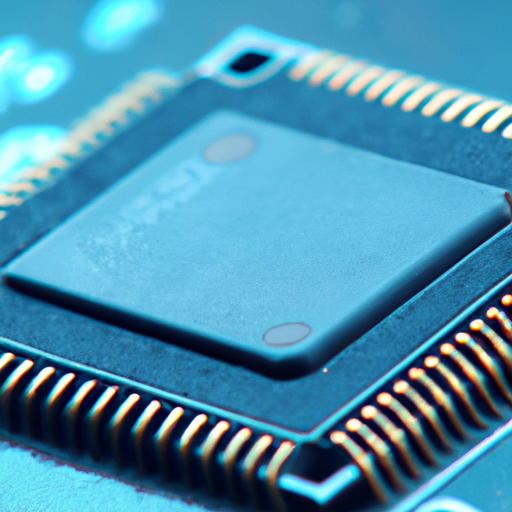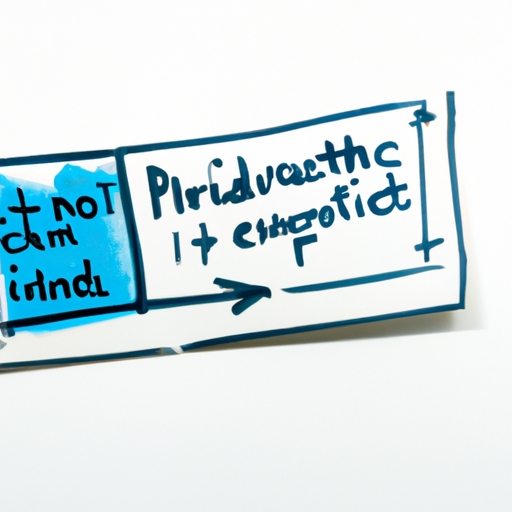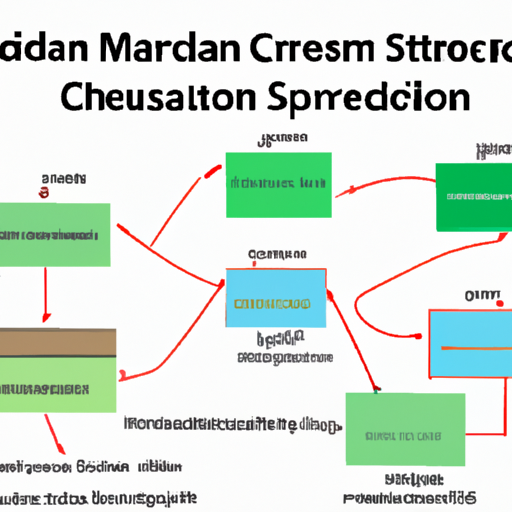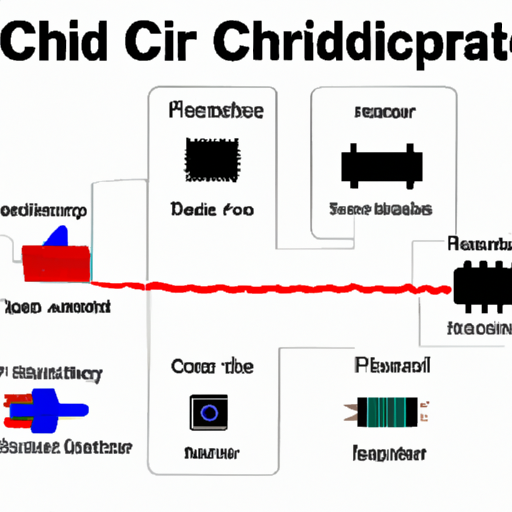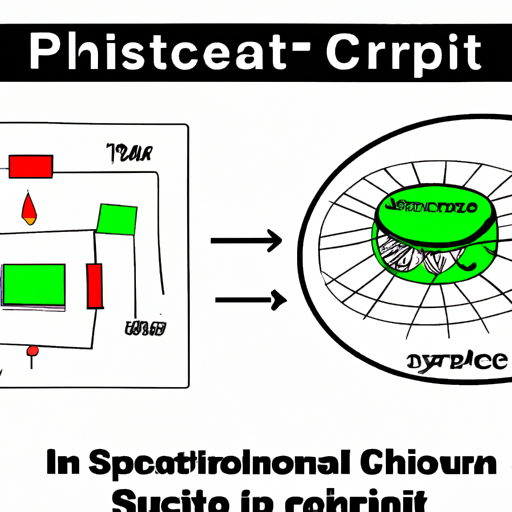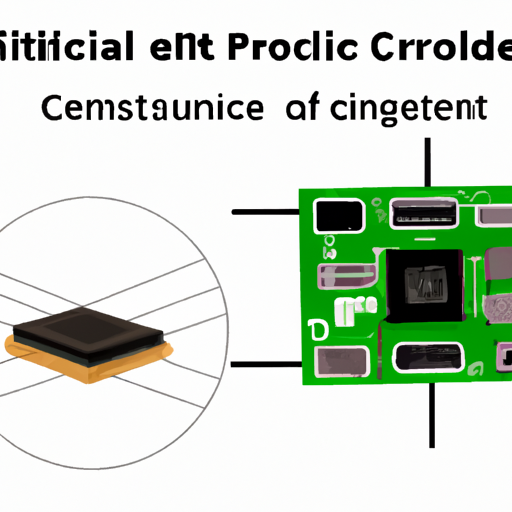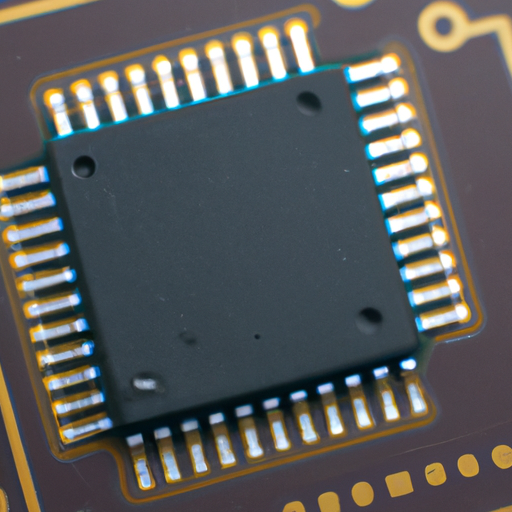What Does Integrated Circuit Mean? What Are the Development Trends in the Industry?
I. Introduction
In the realm of modern technology, few inventions have had as profound an impact as the integrated circuit (IC). These tiny electronic components are the backbone of virtually all electronic devices, from smartphones to sophisticated industrial machinery. An integrated circuit is a set of electronic circuits on a small chip of semiconductor material, typically silicon, which allows for the miniaturization of electronic devices and systems. This blog post will explore the meaning of integrated circuits, their historical development, types, manufacturing processes, applications, and the current trends shaping the industry.
II. Understanding Integrated Circuits
A. Historical Background
The journey of integrated circuits began in the late 1950s. Jack Kilby of Texas Instruments and Robert Noyce of Fairchild Semiconductor independently developed the first ICs, revolutionizing electronics. Kilby’s invention in 1958 involved a simple circuit made from germanium, while Noyce’s silicon-based design followed shortly after. These innovations laid the groundwork for the rapid advancement of technology, leading to the compact and powerful devices we use today.
B. Types of Integrated Circuits
Integrated circuits can be categorized into three main types:
1. **Analog ICs**: These circuits process continuous signals and are used in applications such as amplifiers, oscillators, and voltage regulators.
2. **Digital ICs**: These circuits handle discrete signals and are fundamental in computers and digital devices. They include microprocessors, memory chips, and logic gates.
3. **Mixed-signal ICs**: Combining both analog and digital functions, mixed-signal ICs are essential in applications like data converters and communication systems.
C. Components of Integrated Circuits
Integrated circuits are composed of several key components:
1. **Transistors**: The building blocks of ICs, transistors act as switches or amplifiers for electrical signals.
2. **Resistors**: These components limit the flow of electric current within the circuit.
3. **Capacitors**: Used to store and release electrical energy, capacitors play a crucial role in timing and filtering applications.
4. **Interconnections**: These are the pathways that connect the various components within the IC, allowing for signal flow and functionality.
III. Manufacturing Process of Integrated Circuits
A. Design Phase
The manufacturing of integrated circuits begins with the design phase, which includes:
1. **Schematic Design**: Engineers create a schematic diagram that outlines the circuit's functionality and interconnections.
2. **Layout Design**: This step involves translating the schematic into a physical layout, determining the placement of components on the silicon chip.
B. Fabrication Process
The fabrication of ICs involves several intricate steps:
1. **Photolithography**: A light-sensitive material is applied to the silicon wafer, and ultraviolet light is used to transfer the circuit pattern onto the wafer.
2. **Etching**: Unwanted material is removed from the wafer, leaving behind the desired circuit pattern.
3. **Doping**: Impurities are introduced into the silicon to modify its electrical properties, creating p-type and n-type regions essential for transistor function.
4. **Packaging**: The finished chips are encapsulated in protective packages, allowing for easy integration into electronic devices.
C. Testing and Quality Assurance
Before reaching consumers, integrated circuits undergo rigorous testing:
1. **Functional Testing**: Each IC is tested to ensure it performs its intended function.
2. **Reliability Testing**: ICs are subjected to various stress tests to evaluate their durability and performance under different conditions.
IV. Applications of Integrated Circuits
Integrated circuits are ubiquitous in modern technology, with applications spanning various industries:
A. Consumer Electronics
ICs are integral to consumer electronics, powering devices such as smartphones, tablets, and computers. They enable complex functionalities while maintaining compact sizes.
B. Automotive Industry
In the automotive sector, integrated circuits are crucial for advanced driver-assistance systems (ADAS) and electric vehicles (EVs). They facilitate features like adaptive cruise control, lane-keeping assistance, and battery management systems.
C. Industrial Applications
Integrated circuits play a vital role in automation and control systems, enhancing efficiency and precision in manufacturing processes. Robotics, powered by ICs, is transforming industries by enabling automation and improving productivity.
D. Telecommunications
In telecommunications, ICs are essential for networking equipment and the deployment of 5G technology. They enable faster data transmission and improved connectivity, supporting the growing demand for high-speed internet.
V. Development Trends in the Integrated Circuit Industry
A. Miniaturization and Moore's Law
One of the most significant trends in the IC industry is miniaturization, driven by Moore's Law, which posits that the number of transistors on a chip doubles approximately every two years. This trend has led to increasingly powerful and efficient chips. However, as transistors approach atomic scales, challenges such as heat dissipation and quantum effects pose limitations to further scaling.
B. Emerging Technologies
The industry is witnessing the emergence of innovative technologies:
1. **3D ICs and System-on-Chip (SoC) Designs**: These designs integrate multiple functions into a single chip, enhancing performance and reducing power consumption.
2. **Quantum Computing and Photonic ICs**: As quantum computing gains traction, photonic ICs, which use light instead of electricity for data transmission, are being explored for their potential to revolutionize computing speed and efficiency.
C. Sustainability and Environmental Considerations
With growing awareness of environmental issues, the IC industry is focusing on sustainability. This includes developing eco-friendly manufacturing processes and implementing recycling programs to manage electronic waste effectively.
D. Market Dynamics
The global supply chain for integrated circuits has faced challenges, particularly during the COVID-19 pandemic. Geopolitical tensions and trade restrictions have also influenced the IC market, prompting companies to reassess their supply chains and production strategies.
VI. Future Outlook
A. Predictions for the IC Industry
The future of the integrated circuit industry looks promising, with continued advancements in technology and increasing demand for smart devices. The integration of artificial intelligence (AI) and machine learning (ML) into IC design is expected to streamline processes and enhance performance.
B. Potential Disruptions and Innovations
As the industry evolves, potential disruptions may arise from breakthroughs in materials science, such as the use of graphene or other novel materials that could surpass silicon's limitations.
C. The Role of Artificial Intelligence and Machine Learning in IC Design
AI and ML are poised to revolutionize IC design by automating complex tasks, optimizing layouts, and predicting performance outcomes, ultimately leading to faster and more efficient design processes.
VII. Conclusion
Integrated circuits are fundamental to the functioning of modern technology, enabling the development of compact, powerful, and efficient electronic devices. As the industry continues to evolve, trends such as miniaturization, emerging technologies, sustainability, and market dynamics will shape the future of integrated circuits. The ongoing integration of AI and ML into IC design promises to further enhance innovation, ensuring that integrated circuits remain at the forefront of technological advancement.
VIII. References
- Academic journals on semiconductor technology and integrated circuits.
- Industry reports from organizations such as the Semiconductor Industry Association (SIA).
- Books and articles detailing the history and future of integrated circuits and technology trends.
This comprehensive exploration of integrated circuits highlights their significance and the dynamic trends shaping their future, underscoring their critical role in the ongoing technological revolution.

